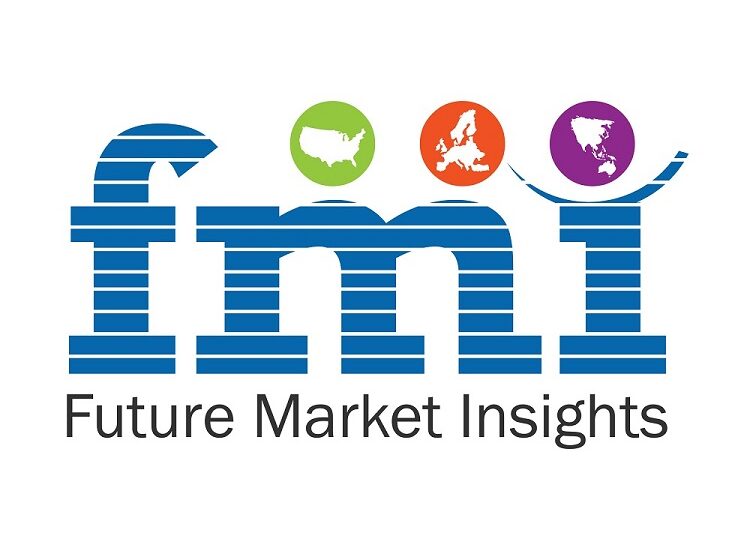The global Digital Label Printing Market is poised for substantial growth, with an expected demand of approximately US$ 11.06 billion in 2023. This growth trajectory is projected to continue, reflecting a commendable compound annual growth rate (CAGR) of approximately 5.3%. By the year 2033, the market is forecasted to reach a significant valuation of around US$ 18.54 billion. The driving force behind this growth is the ongoing advancements and innovations in the textile industry on a global scale, which are influencing the demand for digital label printing solutions across various applications.
Digital printing emerges as a cost-efficient solution for producing custom labels featuring high-quality graphics, sharp text, and vibrant colors. Particularly suitable for smaller orders, typically around 10,000 custom labels or fewer, digital printing stands out as a less labor-intensive alternative with minimal setup waste compared to flexographic printing.
The cost-effectiveness, reduced labor requirements, and diminished waste output associated with digital label printing contribute to its widespread adoption. These advantages position digital label printing as a prevalent choice across diverse sectors such as food and beverages, cosmetics, and pharmaceuticals.
Request Free Sample Copy of the Report: https://www.futuremarketinsights.com/reports/sample/rep-gb-2102
A notable driver for the global market’s growth in the coming years is the escalating demand for labels incorporating tampering and counterfeiting protection solutions. This factor is poised to significantly augment the overall market expansion.
Drivers:
- Customization and Personalization: Digital label printing allows for high levels of customization, enabling businesses to create labels tailored to specific products, target audiences, and marketing campaigns.
- Short-Run Printing: Digital printing is ideal for short to medium runs of labels, reducing waste and costs associated with excess inventory. This is particularly valuable for small and medium-sized businesses.
- Speed and Efficiency: Digital label printing offers quick turnaround times, making it suitable for on-demand printing and fast-changing markets.
- Variable Data Printing: The ability to print variable data, such as QR codes, barcodes, and serialized information, is a significant driver in industries like pharmaceuticals and food packaging.
- Sustainability: Digital printing is often more environmentally friendly than traditional printing methods, with reduced chemical usage and waste.
- Reduced Setup Costs: Digital label printing eliminates the need for costly printing plates and setup, making it cost-effective for shorter print runs.
Challenges Faced by the Digital Label Printing Market
Another notable factor impeding market growth is the comparatively slow production speed of digital label printing when compared to flexographic printing, which may be more suitable for longer print runs. The initial investments and ongoing maintenance costs of digital printers contribute to the economic considerations. The complexity of digital printer design, coupled with the need for different toners and inkjets for various applications, adds to the cost challenges. Additionally, the high cost of ink used in inkjet technology emerges as a further obstacle, collectively expected to impede the growth of the Digital Label Printing Market over the analysis period.
The adoption of digital label printing entails additional expenses for installing specific production equipment, making it a considerable investment for companies. Moreover, businesses resistant to the digital shift are confronted with the necessity of up-skilling their workforce to navigate the intricacies associated with digital label printing processes. This challenge particularly deters small- and medium-scale enterprises from transitioning to digital methods, representing a significant hindrance to the growth of the Digital Label Printing Market during the forecast period.
Ready to Learn About Our Approach? Explore Our Methodology: https://www.futuremarketinsights.com/request-report-methodology/rep-gb-2102
Key Players:
- Samsung Label Printing Co. Ltd.
- Bharat Traders
- Shijin Plastic Packaging Co. Ltd.
- Tangshan Wanjie Machinery Equipment Co. Ltd.
- Dongguan Grandrise Co. Ltd.
- FORMTEK KOREA LTD
- LabelTraxx
- King print
- Canon Inc.
- AstraNova Inc.
- Afinia Label
- Arrow Digital Private Limited
Digital Label Printing Market by Segmentation
By System Type:
- Toner System
- Inkjet System
- Others
By End Use:
- Converting Companies
- Consumers
- Packaging Companies
By Region:
- North America
- Latin America
- Europe
- East Asia
- South Asia
- Oceania
- Middle East & Africa (MEA)
For any Queries Linked with the Report, Ask an Analyst: https://www.futuremarketinsights.com/ask-the-analyst/rep-gb-2102
About Future Market Insights (FMI)
Future Market Insights, Inc. (ESOMAR certified, recipient of the Stevie Award, and a member of the Greater New York Chamber of Commerce) offers profound insights into the driving factors that are boosting demand in the market. FMI stands as the leading global provider of market intelligence, advisory services, consulting, and events for the Packaging, Food and Beverage, Consumer Technology, Healthcare, Industrial, and Chemicals markets. With a vast team of over 5000 analysts worldwide, FMI provides global, regional, and local expertise on diverse domains and industry trends across more than 110 countries.
Contact Us:
Future Market Insights Inc.
Christiana Corporate, 200 Continental Drive,
Suite 401, Newark, Delaware – 19713, USA
T: +1-845-579-5705
For Sales Enquiries: sales@futuremarketinsights.com
Website: https://www.futuremarketinsights.com
LinkedIn| Twitter| Blogs | YouTube

